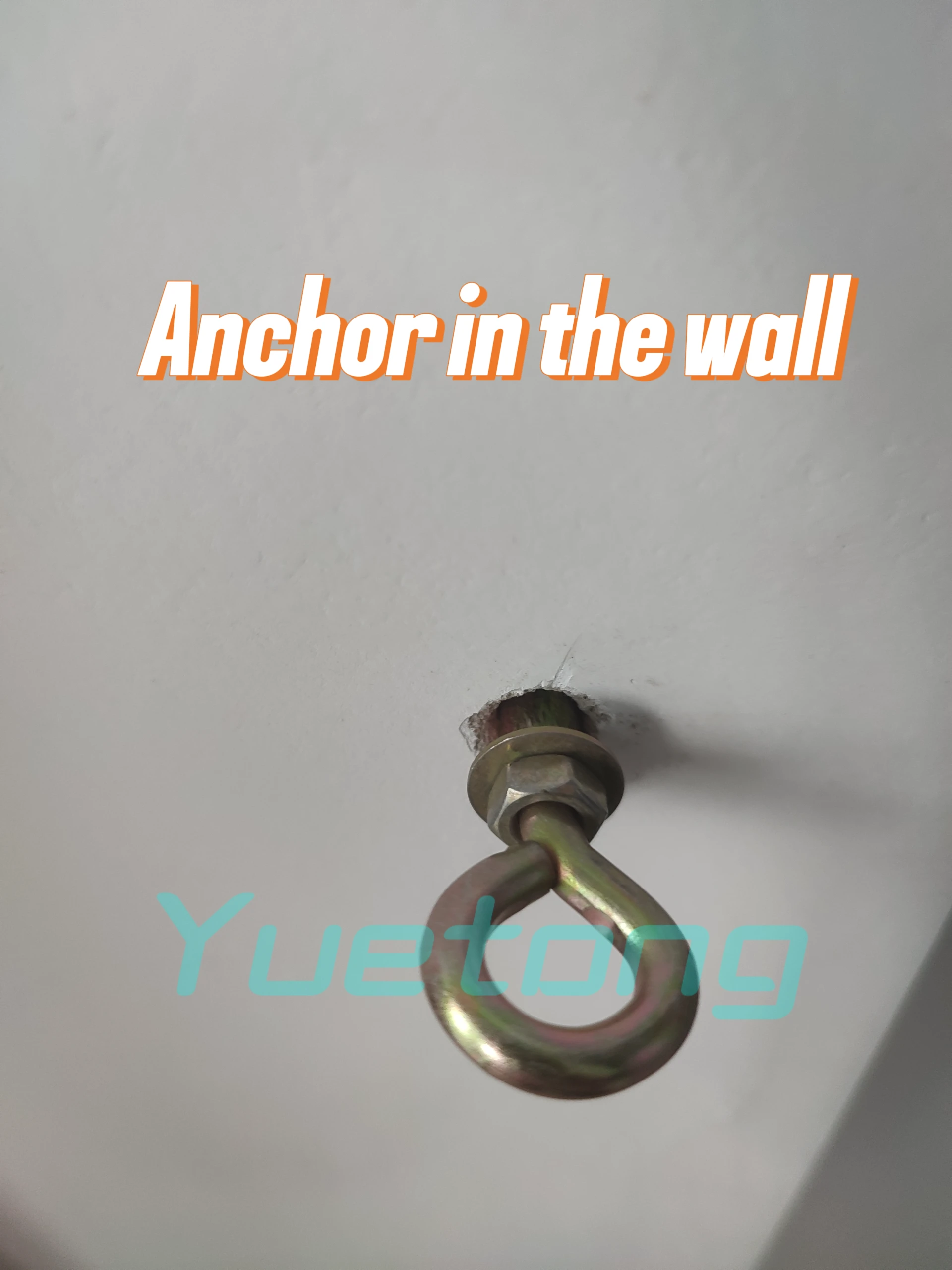Oct . 17, 2024 04:29 Back to list
Durable Stainless Steel Anchors for Secure Fastening Solutions in Various Applications
The Importance of Stainless Steel Anchor Fasteners
Stainless steel anchor fasteners are critical components in construction and engineering, used for securing structures and components in various applications. Their resilience, strength, and corrosion resistance make them a preferred choice for many industries, including marine, automotive, and construction. This article delves into the significance of stainless steel anchor fasteners, their types, applications, and advantages.
Understanding Stainless Steel
Before diving into anchor fasteners, it’s important to understand stainless steel itself. Stainless steel is an alloy primarily composed of iron, carbon, and a minimum of 10.5% chromium. This unique composition provides stainless steel with exceptional corrosion resistance, strength, and durability. Among the many grades of stainless steel, types 304 and 316 are commonly used for anchor fasteners due to their superior performance in various environments.
Functions of Anchor Fasteners
Anchor fasteners are devices used to attach objects or structures to a base material. They are designed to transfer loads and provide stability, making them essential in every construction project. The primary functions of anchor fasteners include
1. Load Bearing They help in supporting heavy loads, ensuring that structures like bridges, buildings, and machinery remain stable and secure. 2. Resistance to Environmental Influences Stainless steel anchor fasteners are specially designed to withstand harsh conditions, including exposure to moisture, heat, and chemicals. 3. Mechanical Performance They provide strong holding power, minimizing the risk of loosening over time due to vibrations or dynamic loads.
Types of Stainless Steel Anchor Fasteners
There are several types of stainless steel anchor fasteners, each suited to specific applications
1. Expansive Anchors These are designed to expand upon installation, providing a tight fit within the base material. They are ideal for use in concrete and masonry work, where high shear strength is required. 2. Sleeve Anchors These versatile fasteners consist of a metal sleeve that expands when the bolt is tightened. They are commonly used in walls, ceilings, and floors.
3. Wedge Anchors These fasteners feature a unique design that allows them to provide a strong hold in solid concrete. They are typically used in heavy-duty applications, such as anchoring machinery or structural frames.
stainless steel anchor fasteners

4. Drop-In Anchors Ideal for overhead applications, drop-in anchors are inserted into pre-drilled holes and secured with a bolt. They are commonly used in suspended ceilings and other structures requiring a low-profile anchor.
5. Toggle Bolts Often used in hollow walls, toggle bolts consist of a bolt with a pair of hinged wings that open once inserted into the wall cavity. They are effective for securing fixtures that require high load-bearing capacity.
Advantages of Stainless Steel Anchor Fasteners
The popularity of stainless steel anchor fasteners can be attributed to their numerous advantages
1. Corrosion Resistance The chromium content in stainless steel forms a protective oxide layer, making these fasteners highly resistant to rust and degradation over time, even in challenging environments like coastal areas or chemical plants.
2. Longevity Stainless steel anchors have a longer lifecycle compared to their carbon steel counterparts, reducing the need for frequent replacements and lowering maintenance costs.
3. Aesthetic Appeal Stainless steel has a sleek and modern appearance, making it an ideal choice for architectural applications where visibility is a concern.
4. Versatility They can be used in a wide range of applications, whether for heavy-duty construction, marine applications, or interior design projects.
5. High Strength Stainless steel anchor fasteners provide excellent tensile and shear strength, ensuring the safety and stability of structures.
Conclusion
Stainless steel anchor fasteners are indispensable in modern construction and engineering, providing reliability and performance in various applications. Their durability, resistance to corrosion, and strength make them the materials of choice for securing loads and ensuring the integrity of structures. By understanding the different types of anchor fasteners and their applications, engineers and builders can make informed decisions that enhance the safety and longevity of their projects. In a world where infrastructure and built environments are constantly evolving, the role of stainless steel anchor fasteners will continue to be paramount.


